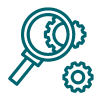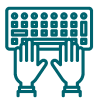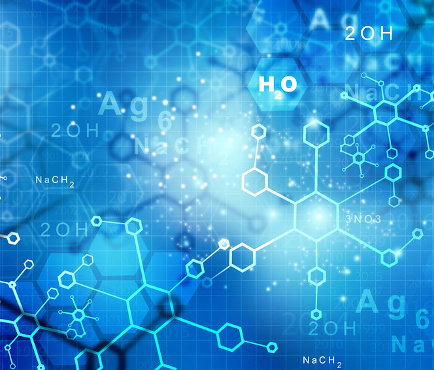Machine Learning to use your physico-chemical analysis data
Do you want to use data from your physico-chemical and analytical measurements?
- How to analyze all the physico-chemical data of the wet chemistry laboratory?
- How to use data from analytical separation techniques (HPLC, GC, GC-MS, PTR-MS, etc.) for OMICS issues?
- How to extract all the information from data from different sources: physico-chemical measurements, agronomic parameters, sensory profiles, process parameters, spectroscopic measurements?
- How to choose the most informative or discriminating sensors and parameters?
- What are the analyses or measurements, that I can avoid to increase productivity?
- Which Machine Learning method will provide the most accurate, robust and interpretable results for all of this data?
- How to validate my model? how to interpret it?
- How many samples are needed for a robust model?
Any questions? Contact us!
We help you in processing your physico-chemical and analytical data.
To cope with the variety of types of data collected during the R&D phase or in quality control, various questions arise about the processing of this type of signal, the development and optimization of models …
Data analysis is at the heart of Ondalys’ profession. We perform feasibility studies to help you extract all the relevant information from your data masses.
You wish to :

Interpret
vour physico-chemical or chromatographic analyzes

Develop
accurate and robust models based on all available information

Select
the most relevant or discriminating information

Data processing
R&D departments, wet chemistry laboratories, analytical laboratories collect masses of under-exploited data, whether these are physico-chemical measurements, separative chromatographic and mass spectroscopy (OMICS) measurements, agronomic parameters, sensory profiles, vibrational spectroscopy measurements or process parameters, etc …
You want to correlate them to quality criteria by building models of product predictions or discriminations, in order to quickly characterize your products or optimize your processes.
Chemometrics and Machine Learning algorithms for calibration, classification or multi-block fusion, allow you to define which parameters are the most relevant to best predict your quality criteria and extract all the relevant information by taking into account all the signals.

Omics data are found in many applications:
- Data mining in order to explore the data and extract all the relevant information
- Prediction of quantitative quality criteria for quality control (PLS, SVMR, ANN, regression trees (RF),..)
- Product classification (PLS-DA, SIMCA, SVM, ANN, decision trees (RF, XGBoost),…)
- Selection of the most discriminating or informative sensors or parameters
- Decision support tools combining all information by multi-sensor fusion and multi-block methods
Software implementation
We develop your models with all the Chemometrics and Machine Learning software available on the market: (Unscrambler®, SOLO® or PLS_Toolbox® in the MATLAB® environment, SIMCA®, etc.), but also free software (R, Python …).
Our expertise at the service of data analysis
With over 15 years of experience in data analysis and analytical measurements, the experts in our teams support you at every stage of your projects.
They talk about us
« We call for Ondalys for exploiting our data. »







